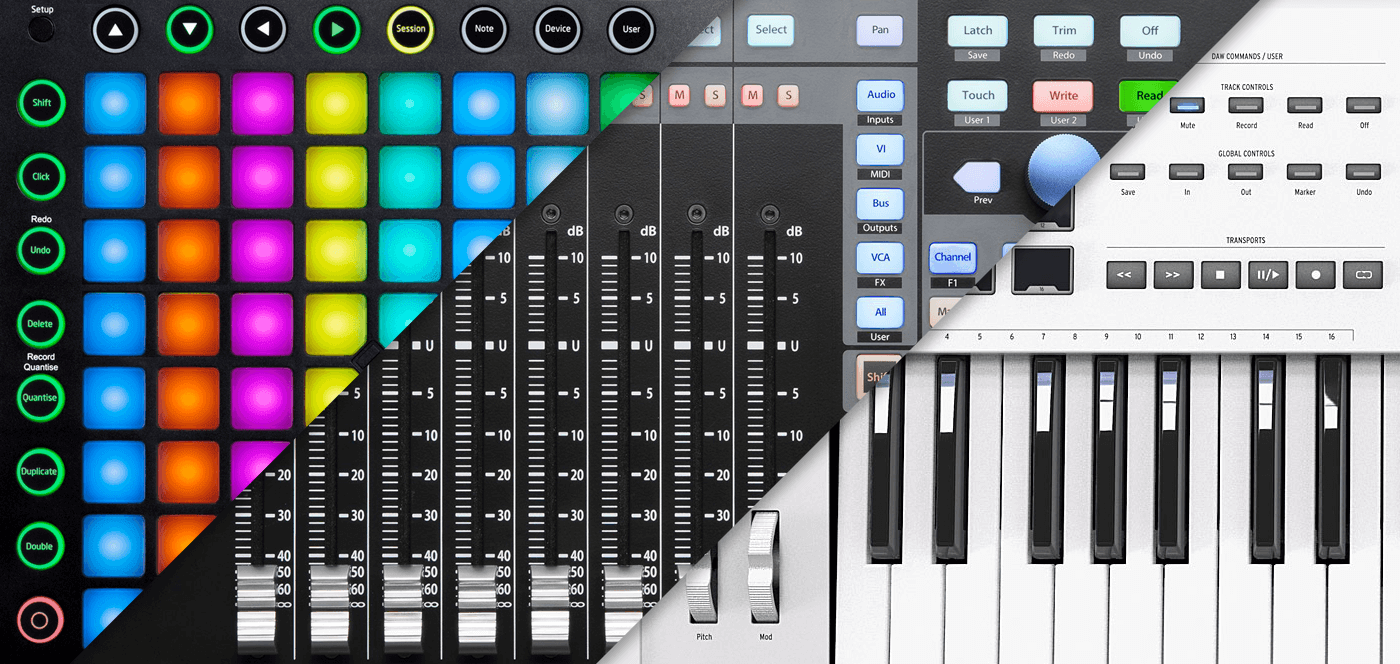

- BITWIG STUDIO SETLIST UPDATE
- BITWIG STUDIO SETLIST PRO
- BITWIG STUDIO SETLIST PLUS
- BITWIG STUDIO SETLIST PROFESSIONAL
It basically allows you to create sheets for your session musicians, meaning you can get to the recording and mixing portion quicker. There’s also actual integration with Notion itself, though I didn’t have a copy of Notion to test this feature out. And, since Studio One 5.1, you’ve been able to print scores directly from Studio One, meaning you’re not forced to export it to Notion. For example, the feature now supports drum notation and guitar tablature, making it even more useful for a much wider audience. Studio One 5.2 continues to refine the new notation tools.

You can individually add notes of different values using a MIDI keyboard, without having to play through your piece in real-time, or if you do prefer to record in real-time you can do that too - and edit any errors or changes after the fact. Studio One 5 makes it relatively easy to enter new notes in your score too.
BITWIG STUDIO SETLIST PLUS
Using the score editor, you can store multiple tracks of MIDI information in a standard score, plus you can manually edit notes, rests, and so on.
BITWIG STUDIO SETLIST UPDATE
Perhaps the biggest update to the now mature DAW is the addition of a new score editor, which leverages PreSonus’ experience with the much-loved Notion composition software, and is an incredibly powerful tool. For example, you can capture a snapshot of an entire mixer, and recall those snapshots later, including limiting the parameters you may want to use for the recall.

There are tools for recalling mixer settings too. And, in the latest version of the software, Studio One 5.2, you can create multiple versions of a clip - so if you, for example, use Melodyne to create a tunes version, you can still access the original quickly and easily and without having to create multiple tracks. Aux tracks can also now accept input from external audio sources, without the need for an extra associated track. You’ll get new Clip Gain Envelopes, for example, which let you control the gain of a specific audio clip. If you do want to dive in to all the tools at your disposal, however, there’s a lot that’s new. Thankfully, you can hide many sections in Studio One to make that learning process easier. But if you’re new to recording and mixing, there’s a lot you’ll need to ignore until you’re a little more familiar with the basics. For professionals, this isn’t a problem - if you have an understanding of the lingo and what the tools do, you’ll have no problem flying around the software. PreSonus struggles a little to make the interface approachable. That’s pretty handy.Of course, all of the features on offer by Studio One 5 make for an incredibly powerful DAW - but there is a drawback. You’ll get tools for displaying a setlist, the ability to rearrange your songs for the event, and the ability to tweak your setup for each song. This is where you can manage live performances. There’s a fourth page in Studio One 5 though - the Show page. And, the Project page is where you can master you masterpiece. The Song page is where you’ll spend all your time recording and mixing. In the Start page, you’ll create your song and the settings.
BITWIG STUDIO SETLIST PROFESSIONAL
You’ll still get the same Start, Song, and Project pages in Studio One Professional (not Studio One Artist). Its overall look and feel remains the same - but it has definitely gotten a bit of a facelift, along with a few new features that you’ll notice right away.

If you’ve used Studio One 5 before, you’ll know your way around the new version of the software. Now, Studio One is on its fifth version - Studio One 5 - and in fact, at the time of this writing, was recently updated to Studio One 5.2. Are you interested in taking the plunge, and adopting a new take on the classic DAW? Here are our thoughts on PreSonus Studio One 5. It’s also interesting because those that do take the plunge and switch to Studio One tend to love it.
BITWIG STUDIO SETLIST PRO
Some newer DAWs, like Bitwig, offer a fresh and interesting take on the DAW, but are likely to serve a more niche audience - while Studio One is built to seriously compete with Pro Tools and Logic. But over the past decade, serious competitors have risen to the challenge - and perhaps the most interesting of those is PreSonus’ Studio One. For decades, the likes of Pro Tools, Logic Pro, and Ableton have dominated the discussion when it comes the best DAWs.


 0 kommentar(er)
0 kommentar(er)
